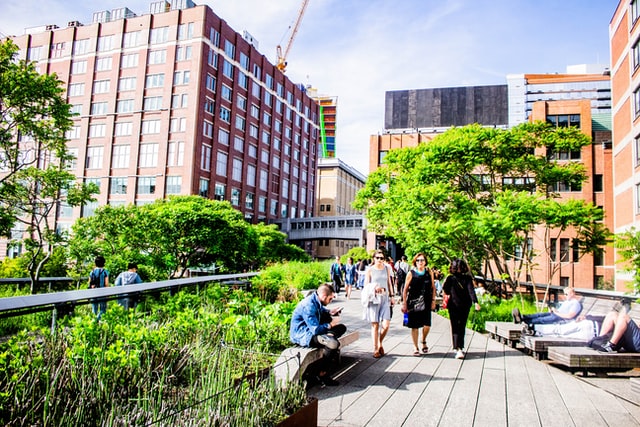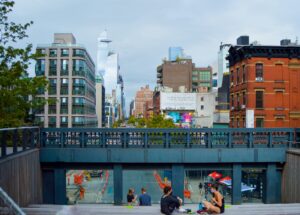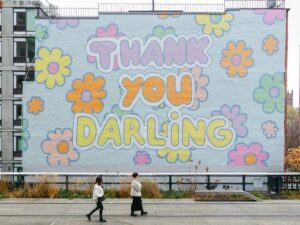Public space that encourages dialogue and welcomes everyone – regardless of age, wealth, race, religion or sexual orientation – is a core aspect of democracy. As artist and social activist Krzysztof Wodizko put it, these places exist for both “the privileged and the unwanted.”
But few of today’s public spaces adequately prioritize this mission.
Figuring out how to change this is at the core of my own work. In my creative practice and research, I investigate how classical concepts, buildings, and small structures for public space – the kind that existed during the earliest days of democracy – have been repackaged during contemporary times.
Bottom line: Welcoming public spaces are in decline – at least, those that exist in the real world.
Increasingly, debates that once took place face-to-face happen on the internet, on Facebook, Twitter and countless other digital forums and platforms. You might say the Squarespaces of the world are replacing public squares.
But if the internet is a democratizing place for debate – one with unprecedented capacity to draw people together – it is also one with flaws. The challenge, as I see it, is to fuse the advantages of both real and virtual spaces, while limiting the pitfalls.
A place for debate
Since ancient Greece, public space has been vital to people and cities.
It’s where citizens debated everything, from current events to business to the nature of the universe. It’s where they voted for politicians, preserved the law and participated collectively in making decisions for civic matters – all the elements that foster a functioning democracy.
Read the full article on The Conversation
Author:
Recommended by Luisa Bravo











More Stories
A stealthy reimagining of urban public space by Elizabeth Diller
Security by Design: Protection of public spaces from terrorist attacks
10 years of Global Public Space Programme – Annual Report 2022 and reflections on a Decade of Public Space